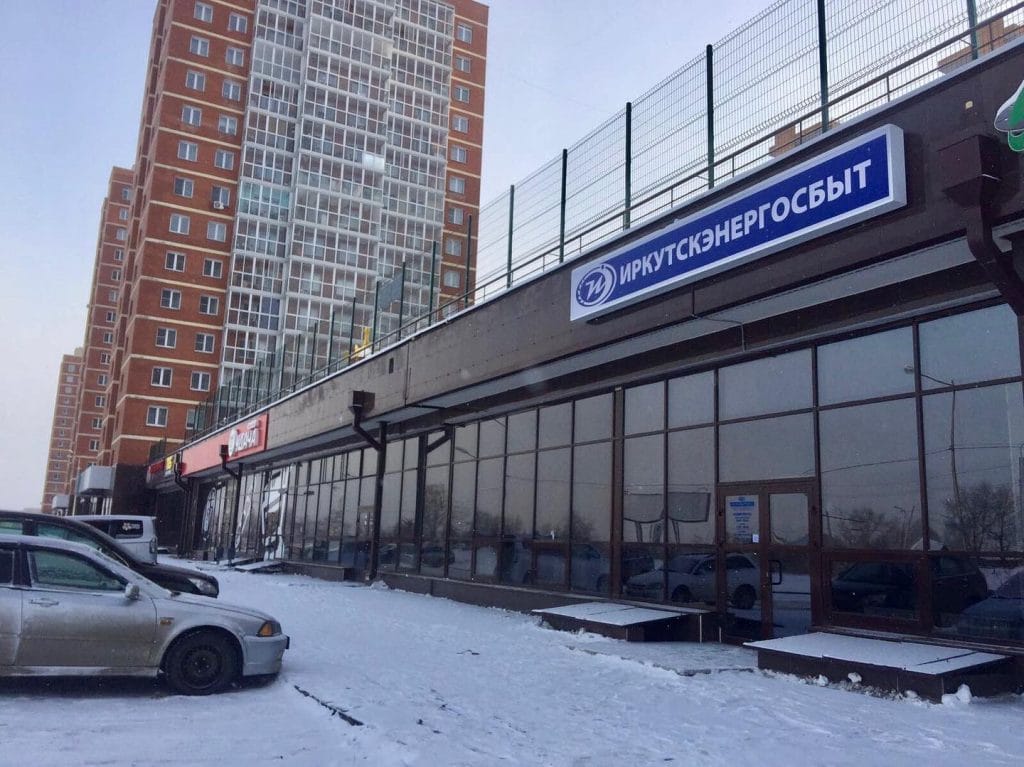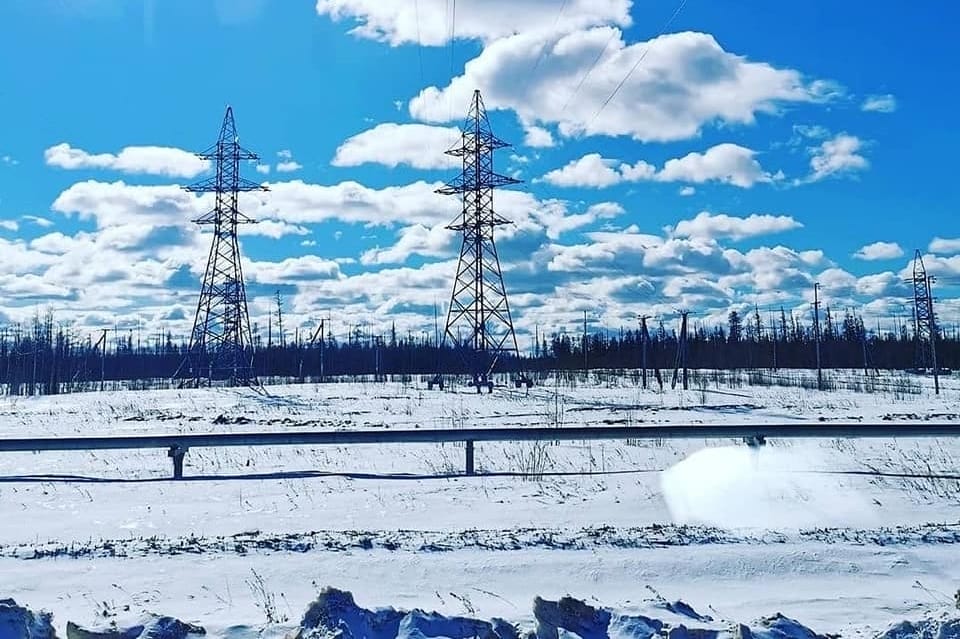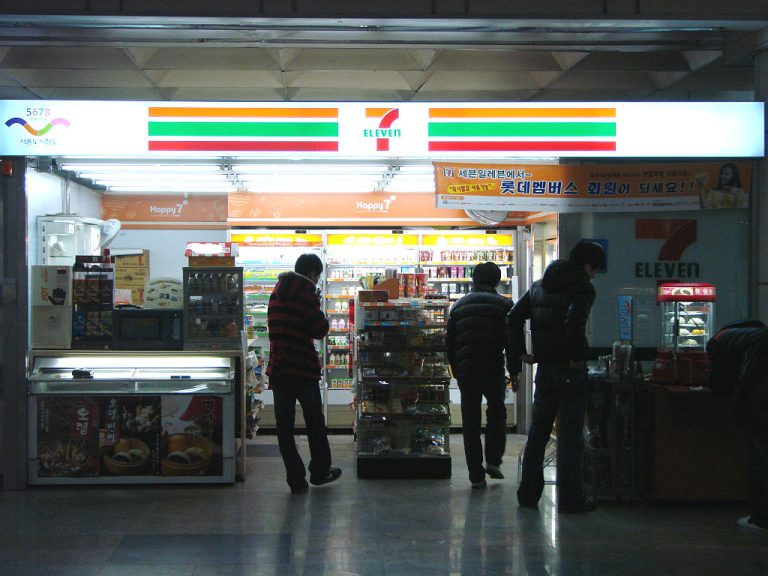Last updated:
 Why Trust Cryptonews
Why Trust Cryptonews

Illegal crypto mining continues to grow in many Russian regions, with many energy-poor areas continuing to suffer energy shortages despite recent bans, new data shows.
Per the Russian media outlets BFM and RBC, the problem is particularly acute in Irkutsk Oblast, Russia’s first and biggest Bitcoin mining hotspot.
Illegal Crypto Mining: Russian Regions Affected
Irkutskenergosbyt, the Irkutsk-based power provider, claimed that “household electricity consumption” in the first month of this year grew by 1% compared to January 2024 figures.

The power firm noted that this was unusual, as the region has thus far experienced a relatively warm winter, and most houses in Irkusk use electrical heating systems.
The energy metering firm EnergyTool MTS also reported that the number of crypto mining “farms” in Russia “as a whole” increased by 7% year-on-year in January 2025.
Moscow has actively encouraged much of this growth as it continues its recent crypto pivot. But the figures for Irkutsk were also concerning, showing an 18% year-on-year rise.
EnergyTool MTS says it uses an artificial intelligence and machine learning-powered platform that lets it “determine the presence of mining infrastructure” on grids.
Irkutsk’s governor this year called for Moscow to extend the ban in parts of the Oblast. At present, the ban only covers the winter months.
But the regional chief says the pressures on the local grid are so high that a year-long ban on crypto mining until 2031 is needed in parts of Irkutsk.

Ban Not Deterring Many Miners, Says Power Grid Firm
Irkutskenergosbyt has laid the blame at the feet of crypto miners, who it claims are continuing to mine coins “in spite of the ban.”
BFM quoted Alena Narinyani, the CEO of the blockchain marketing agency Crypto-A, as stating:
“Irkutsk is a paradise for crypto miners, because it’s cold and electricity prices are also low. […] However, if there is a crackdown, miners who act according to the law will be forced to leave, [while the rest] will start finding better ways to hide.”
The same media outlet quoted Anton Guskov, a fuel and energy sector expert for the media outlet Pravda UrFO, as stating that “low prices for electricity for household consumers” have helped the growth of “gray” (quasi-legal) crypto mining.”
But he added that power grid companies are now “conducting relatively large-scale campaigns to install digital metering devices.” He said:
“If household consumption begins to grow at an abnormal rate, power grid engineers can immediately take action. Violators face criminal liability for the crime of electricity theft.”
Household Miners ‘Don’t Stop Mining at Night’
Andrey Kharitonov, the head of Irkutskenergosbyt, said that “some registered crypto miners” have followed the law and “suspended their activities until March 15.”
However, others are “moving to other regions, while some are trying to find loopholes in the law.”
Another problem is “household mining,” Kharitonov said. He added that it was clear that miners were stepping up their operations because “loads on the network are not decreasing at night.”
Moscow believes that a system of “differentiated tariffs” for firms and households engaged in crypto mining will help solve the problem.
Pavel Zavalny, the First Deputy Chairman of the State Duma Committee on Energy, has suggested that the “differentiated tariffs” systems still need “fine-tuning to more effectively combat gray mining.”
Big Rises in Rostov?
EnergyTool MTS’s data also showed some revealing trends for mining and energy consumption in the rest of the country.
Perhaps most interesting of all was a massive 94% year-on-year spike in the Rostov Oblast.
Earlier this month, another data compiler reported that Rostov – in Russia’s Southeast, and far from Siberia and other Bitcoin mining hubs – is now Russia’s sixth-largest energy-consuming region.
In August last year, news outlets reported that some 3% of all new crypto mining hardware purchases in Russia now originate from Rostov.

The situation is very different in Russia’s biggest cities, however. EnergyTool MTS noted that crypto mining has decreased by 8% in the Moscow region, and plummeted by 50% in St. Petersburg. An MTS spokesperson concluded:
“The crypto mining market is adapting to the new legislation. [Players are] redistributing capacities to regions where mining bans are not in place or where it is cheaper to run data centers.”
Both others expressed skepticism. Maxim Simutkin, the Director of Energy and Construction at the mining giant Intelion Data Systems, said that the authorities are failing to deter illegal miners.
Simutkin opined that existing punishments are an insufficient deterrent, and that “as a result, some players continue to operate in the gray area, without facing significant consequences.”


















